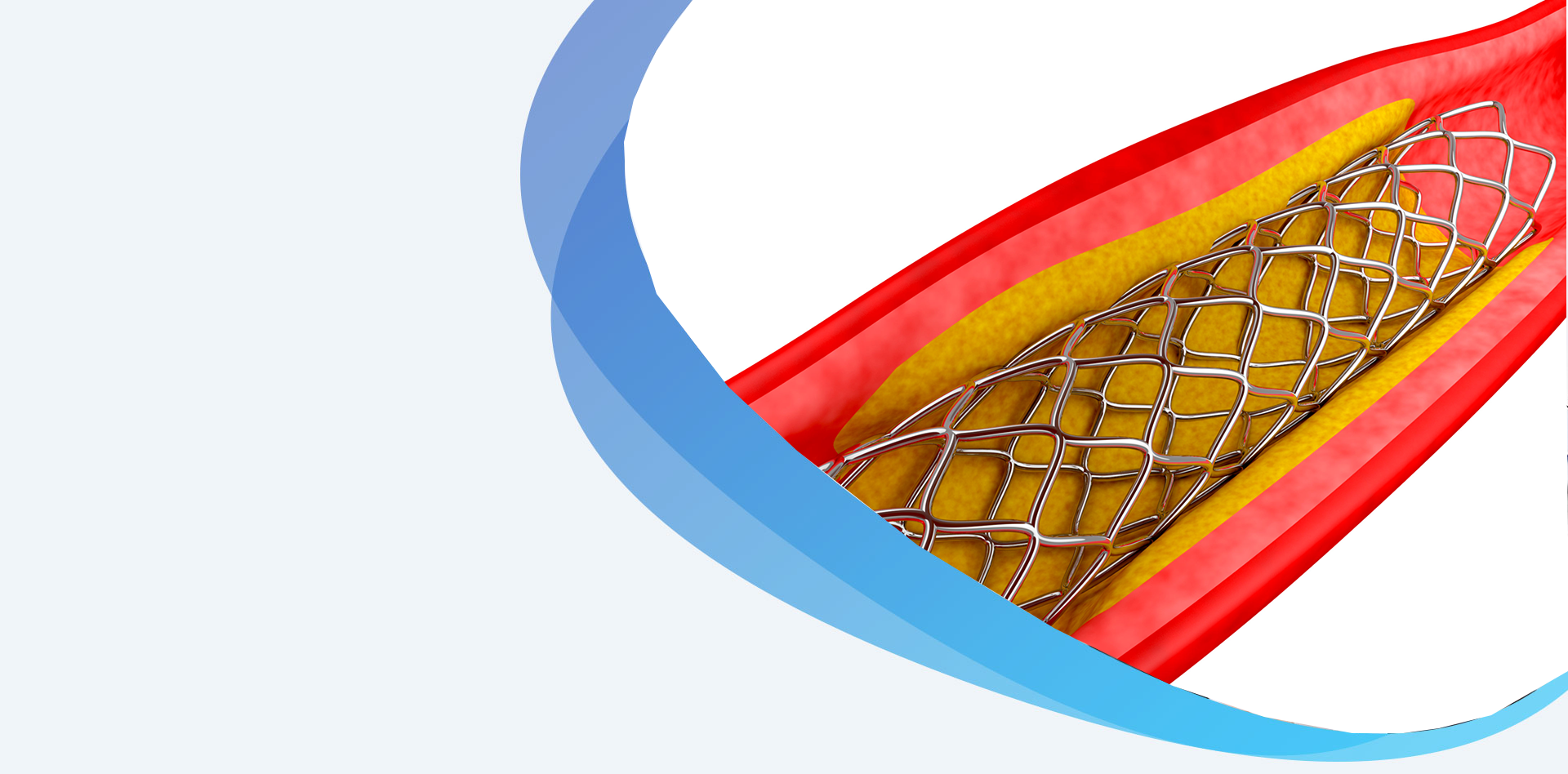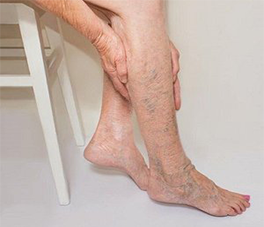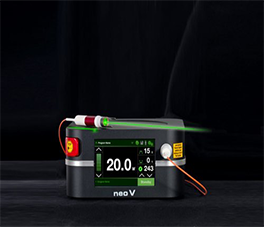Stenting for Blocked Arteries


Your Vascular Surgeon may recommend peripheral artery angioplasty and stenting to open the blocked arteries and restore blood flow to your legs. Angioplasty is a procedure performed in the catheterization laboratory, or “cath lab,” in a hospital. You will lie on a table and be mildly sedated to help you relax, but you will remain awake throughout the procedure.
A thin flexible tube called a catheter will be inserted into the artery and threaded through the arteries to the blockage. (Since there are no nerves in your arteries, you will not feel the catheter.) An x-ray camera and images of your arteries (shown on a television screen in the cath lab) will help the physician guide the catheter to the blockage. A tiny, thin wire will then be passed across the narrowed segment of the artery. It serves as a support for positioning the tiny balloon across the blockage.
Next, a balloon catheter – a long, thin flexible tube with a small uninflated balloon at its tip – will be threaded into the artery to where the artery is narrowed. Once in position, the balloon will be inflated to open up the artery.
In most cases, a tiny metal-mesh tube called a stent will be placed to hold the artery open and reduce the risk of the artery narrowing again. After the placement of the stent, your doctor will remove all of catheters.
Most patients with PAD who are treated with angioplasty and stenting are released from the hospital 12 to 24 hours after the catheter is removed. Many patients are able to return to work within a few days to a week after a procedure. If your interventional procedure included insertion of a stent, your interventional cardiologist or other vascular specialist will provide prescriptions for blood-thinning drugs, such as aspirin and clopidogrel, typically for a month to a year. It is very important that you follow your doctor’s instructions and take your medications as your doctor prescribed. Even after you begin to feel better, you should never stop taking your medications at any time without speaking with your Vascular Surgeon.

After an interventional procedure, it is normal to have a bruise or discolored area near where the catheter was inserted. At the same site, there may also be a small lump, soreness when pressure is applied, and perhaps a small amount (one or two drops) of discharge. The lump should not get bigger.

After any procedure it is important to stay in touch with your doctor. After renal artery angioplasty and stenting, your healthcare provider will recommend that you should watch the area where catheter was inserted. If the puncture wound gets bigger, turns red, drains a thick yellow/brown material, or is painful, even when no pressure is applied, then you should call your doctor. A larger, painful lump may be a sign that the puncture hole is not healing properly or is leaking blood.
Other reasons to call your doctor include:

Always follow your doctor’s instructions about the activity level appropriate for you. Once you leave the hospital, your post-procedure care will be two-fold.